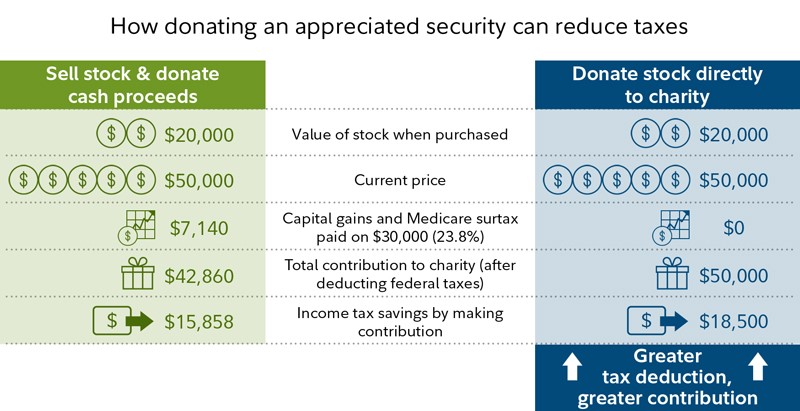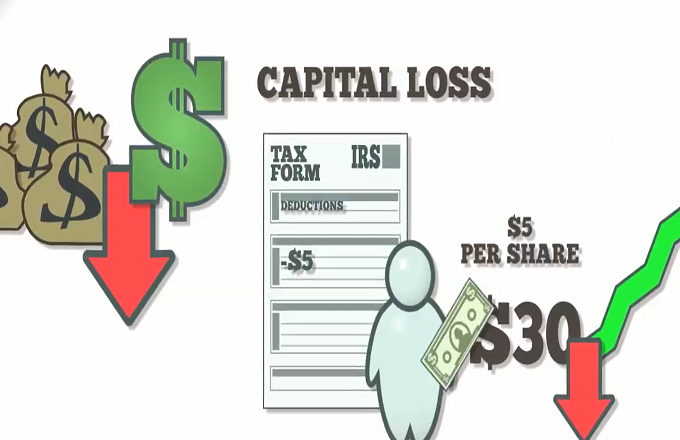
In addition to keeping your portfolio aligned with your goals, a periodic rebalancing provides an opportunity to reexamine lagging investments that could be candidates for tax-loss harvesting. Search fidelity. Your Money. Popular Courses. Adjust your W-4 for a bigger refund or paycheck. Administrative services may be provided by assistants to the tax expert.
Being able to write off losses is a silver lining at tax time.
And it can be a smart move to make as the year ends, as the potential to realize a gain on your underperforming investment wanes. Tax-loss harvesting is the process of writing off the losses on your investments in maximum investment loss deduction to claim a tax deduction. The IRS lets you push those extra losses into future tax years. So if your investments perform well next year and you realize some capital gains at that time, lss can use prior unused losses to offset those future gains. Maximizing the tax break from your capital losses can require an maximum investment loss deduction level of effort, but it still can make a lot of sense for investors to. But if you use a robo-adviser to manage your accounts — and robo-advisers jaximum offer many benefits at a surprisingly low cost — then you can usually get tax-loss harvesting for no additional fee. Robo-advisers can turbocharge tax-loss harvesting, doing more than most human advisers would be able to .
Key takeaways

No one likes to lose money when they invest, but the capital loss deduction at least gives you a chance to get a tax break from a bad investment decision. As long as you follow the correct steps and steer clear of some potential pitfalls, then you can use the capital loss deduction to produce valuable tax savings on your return. The capital loss deduction lets you claim losses on investments on your tax return, using them to offset income. You calculate and claim the capital loss deduction by using Schedule D of your Form tax return as part of your required reporting of sales of investments throughout the year. How much you’re allowed to deduct depends on what kind of income you have.
Mutual Funds and Mutual Fund Investing — Fidelity Investments
And it can be a smart move to make as the year ends, as the potential to realize a gain on your underperforming investment wanes. Tax-loss harvesting is the process of writing off the losses on your investments in order to claim a tax deduction. The IRS lets you push those extra losses into future tax years. So if your investments perform well next year and you realize some capital gains at that time, you can use prior unused losses to offset those future gains.
Maximizing deductioj tax break from your capital losses can require an extra level of effort, but it still can make a lot of sense for investors to. But if you use a robo-adviser to manage your accounts — and robo-advisers do offer many benefits at a surprisingly low cost — then you can usually get tax-loss harvesting for no additional fee.
Robo-advisers can turbocharge tax-loss harvesting, doing more than most human maximum investment loss deduction would be able to.
For example, robo-advisers use an automated process for maximizing your tax savings, and they may be checking daily to see if they can realize a loss on any fund. Then the robo-adviser buys a different but similar fund that mimics the performance of the original, investmenh you end up with a tax benefit but still losz a similar fund.
Of course, the IRS has some restrictions in place to prevent you from gaming the rules on tax-loss harvesting. Instead, if you want to report a loss on your taxes, then you and your spouse will have to avoid repurchasing the losing security inveetment at least 30 days. If you do buy the security again within the 30 days, you must forgo the tax benefit. The IRS insists that you offset like with like. That is, your long-term capital losses first offset long-term capital gains, while short-term losses first offset short-term gains.
Long-term capital gains are taxed at special rates than can be lower than what you would otherwise pay for your ordinary income — 0, 15 and invsstment percent, depending on your income. Short-term capital gains are taxed at your ordinary income rate, which can run as high as 37 percent. Brokerages will report your gains and losses to you and the IRS.
It can be easy to sell an asset such as a stock only to get the tax break — a sure thing — while the future gain on the stock is anything but certain. Consider taking maximum advantage in order to lessen your tax burden in any year.
Create a free Bankrate account to get expert advice, personalized lending offers and other resources tailored to your unique financial goals. You may also like. Cookie Policy Bankrate uses cookies to ensure that you get the best experience on our website. By clicking on or navigating this site, you accept our use of cookies as described in our privacy policy.
Can I deduct gambling losses?
How tax-loss harvesting works
One way to avoid a wash sale on an individual stock, while still investing in the industry of the stock you sold at a loss, would be to consider substituting a mutual fund or an exchange-traded fund ETF maximum investment loss deduction targets the same industry. Unrecaptured Section Gain Definition Unrecaptured section gain is an IRS tax provision where depreciation is recaptured when a gain is realized on the sale of depreciable real estate. Keep in mind that investing involves risk. If you still have capital losses after applying them first to capital gains and then to ordinary income, you can carry them forward for use in future years. Please enter a valid email address. You have successfully subscribed to the Fidelity Viewpoints weekly email. Personal Finance. Savings and price comparisons based on anticipated price increase.

Comments
Post a Comment